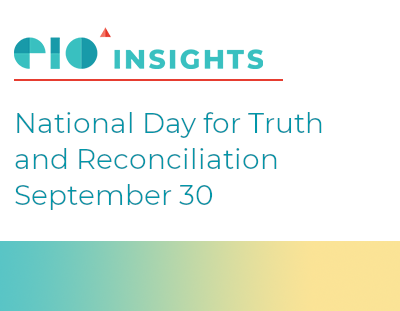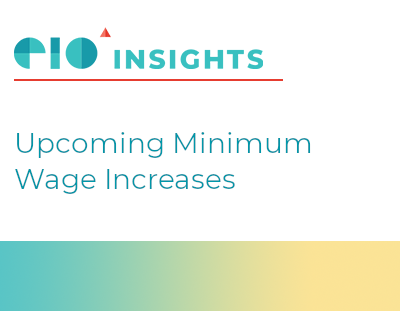What you need to know about the National Day for Truth and Reconciliation
In June, Ottawa declared September 30 a federal statutory holiday to give public servants an opportunity to recognize the legacy of residential schools.
Since 2013, Sept. 30 has been observed as Orange Shirt Day across the country: a day created by residential school survivor Phyllis (Jack) Webstad, on which Canadians wear orange shirts to commemorate the Indigenous children who were taken from their homes and placed in residential schools.
According to the Orange Shirt Day website, Sept. 30 was selected for being around the time that those children were taken from their homes.
The colour orange is significant because it was the colour of Webstad’s shirt on her first day of residential school — a shirt that was taken away from her once she arrived. Who gets the day off? Sept. 30 is a statutory holiday and will operate the same way as other statutory holidays in the country (e.g Remembrance Day): a paid day off for those who work in federally regulated jobs. Federal offices, as well as banks, will be closed on this day.
Please check your local provincial and territorial regulations for more information on closures as these may vary by area.
How is the National Day for Truth and Reconciliation meant to be observed?
As this is a day of awareness and commemoration, the day “may present itself as a day of quiet reflection or participation in a community event,” according to the Canadian government.
If you need assistance with statutory holidays, please click here to contact EIO Solutions.
Sources:
https://www.orangeshirtday.org/phyllis-story.html
https://canada-holidays.ca/federal
https://www.canada.ca/en/services/jobs/workplace/federally-regulated-industries.html
Have your revenues dropped due to COVID-19?
Many small businesses are struggling to stay afloat and cover their fixed costs, such as rent and insurance, while taking a negative impact on their revenues. Government assistance has emerged to help businesses pay for their rent, but many have had their fate put into the hands of their landlords to apply for the assistance. The new Canadian Emergency Rent Subsidy (CERS) is being introduced to provide rent relief for businesses and allows these businesses to apply to the assistance directly as opposed to waiting for their landlords to do so.
What is the CERS and how does it work for small businesses?
- Rent and mortgage support available until June 2021 for qualifying organizations impacted by COVID-19
- Funds go directly to the business, not the landlord
- Can cover up to 65% percent of eligible expenses until December 19 2020
- Businesses are able to make claims retroactively for the period that began September 27 and ends October 24, 2020
- A top-up CERS of 25% for businesses temporarily shut down by a mandatory public health order issued by a qualifying public health authority—in addition to the 65% subsidy,—grants up to 90% of coverage for the hardest hit businesses!
TAKE ACTION Subscribe to our Newsletter




